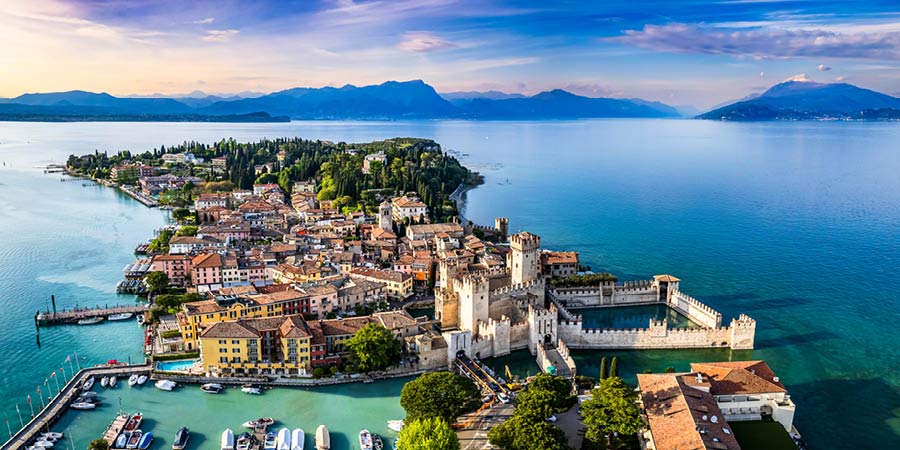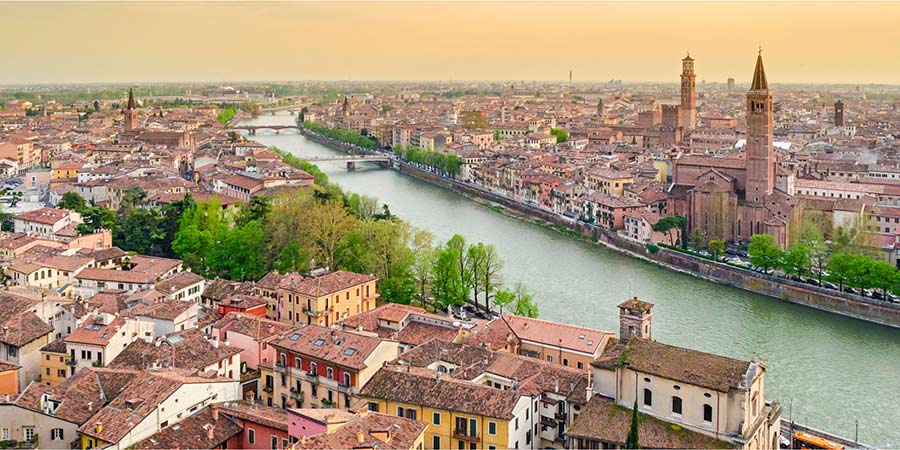Beautiful Verona is a city of Roman ruins, medieval buildings,
Italian culture and romance, famous as the setting for
Shakespeare's Romeo and Juliet. Verona's historic heart is
surrounded on three sides by a loop of the picturesque River Adige
and is a UNESCO world heritage site.
Verona's main attractions include Juliet's balcony and the great
Roman Arena - the imposing amphitheatre built by the Romans in the
first century AD, which is now used as an open air opera house. The
charming narrow streets and picturesque piazzas of Verona make the
city a pleasure to explore, while an abundance of pavement cafés
offer the perfect opportunity to relax with a drink, savour the
atmosphere and watch the world go by - a truly Italian pastime.




























